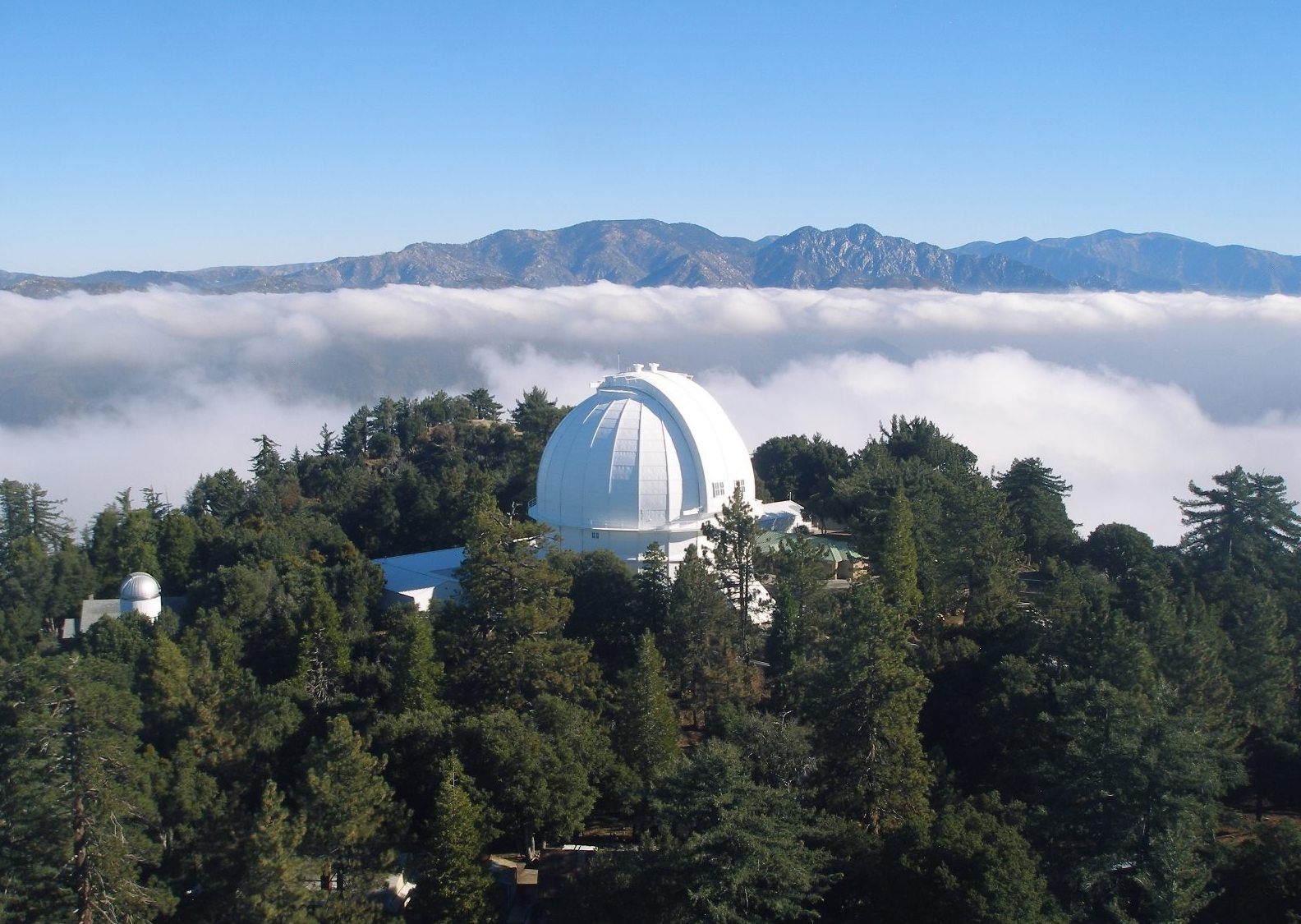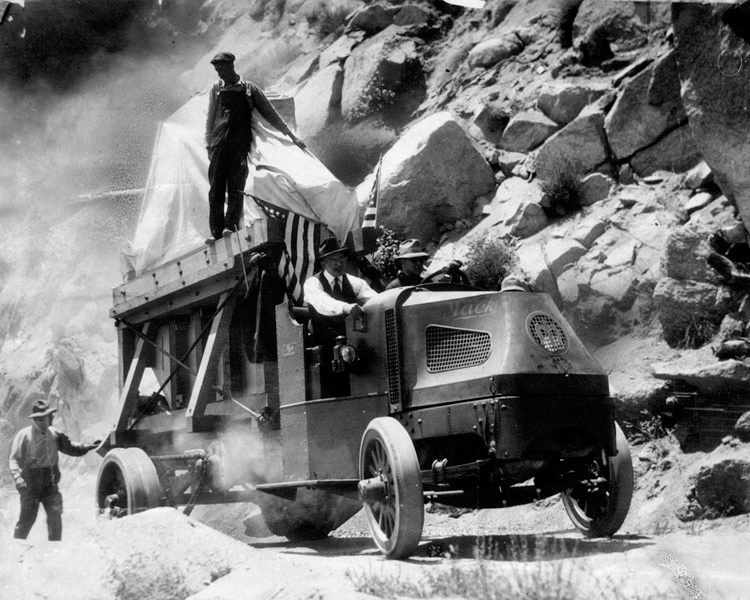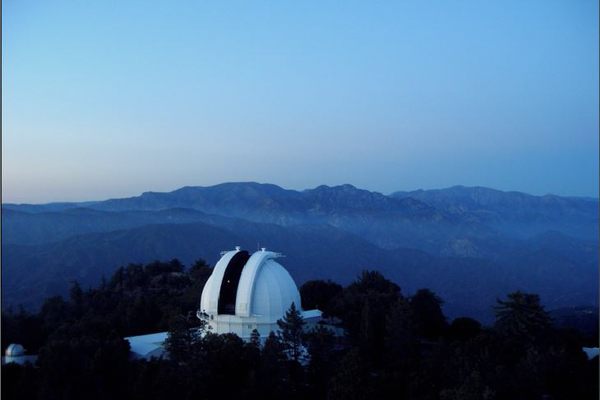Celebrating a 100-Inch Telescope’s 100th Birthday
What do you give a scope that has everything?

The Hooker telescope, which is perched on top of Los Angeles’s Mount Wilson, has a mirror exactly 100 inches wide. It is also—as of Wednesday, November 1, 2017—100 years old. For the whole last century, it has spent clear nights reflecting the sky, magnifying our view of the cosmos and pulling the universe’s secrets just a bit closer.
This kind of birthday calls for a bash, and the telescope’s human caretakers have spent the past week bringing old friends, guest speakers, and other celebrants up to the Mount Wilson Observatory to pay their respects.
The party culminates on Saturday, during which the general public will be able to visit the Hooker and its smaller companion—known simply as the 60-inch telescope—and see for themselves what the fuss is about. “These are just classic instruments,” says Tom Meneghini, the observatory’s executive director. “If you look through either one, it will ruin you for every other telescope.”

The Hooker’s hundred years have been full of highlights. When it was constructed—in 1917, by the solar astronomer George Ellery Hale—it was the largest telescope in the world. It held that title for 31 years, until another Hale creation, San Diego’s 200-inch telescope, was completed in 1948.
As the Los Angeles Times writes, building such a huge machine on a mountaintop was a painstaking endeavor—its larger components had to be dragged up to the top of the peak at about 2 miles per hour—but it paid off. The Hooker’s massive size, along with its high-altitude placement, put it literally head and shoulders above other scopes.
Astronomers came from all over the world to work with the telescope. As a result, it played a role in many of the field’s major moments, from the pinpointing of several of Jupiter’s moons to the discovery of vital evidence for dark matter.

They also came from close by. One of the most storied scope users, Milton L. Humason, started as one of the mule drivers who dragged the lumber up the mountain. He became the observatory’s janitor, then a volunteer night assistant, and finally a staff member, playing a vital role in various discoveries, including that of the expansion of the universe.
Age changes everyone, though, and these days, both the Hooker and the 60-inch are easing into a different role. “These are still excellent instruments for astronomy,” says Meneghini. “But they’re not in a very good place.” In the years since they were first built, he explains, Los Angeles has ballooned by several million people. The mere fact of being above the clouds is no longer enough to keep the views fresh: “The light pollution that we bask in every night is precluding [the telescopes] from doing really deep-sky science.”

Instead, he and others at the Mt. Wilson Institute have been working on connecting the scopes with those who will best appreciate them—young stargazers, high school and college astronomers, and other STEM aficionados. “They’re not the hugest in the world anymore.” says Meneghini, “But a 2.5 meter telescope for an undergrad is still a serious instrument.”
First, though, there are those parties to attend to. Last Saturday, the observatory hosted a gathering for the telescope’s closest companions. “We invited all of our past operators and administrators who had been on the hundred-inch to come together,” says Meneghini. “It was a good affair.” On the night of November 1, the true anniversary, other VIPs came to pay their respects, including two of Hale’s grandsons.
And this coming Saturday, the observatory will open its doors to the public. There will be talks about the telescope’s history, and the discoveries it has helped make. When night falls, the roof dome will open as well—and if the weather is good, a new crop of people will be able to look through the Hooker at the stars, and maybe make the hundred-year-old scope a birthday wish.








Follow us on Twitter to get the latest on the world's hidden wonders.
Like us on Facebook to get the latest on the world's hidden wonders.
Follow us on Twitter Like us on Facebook